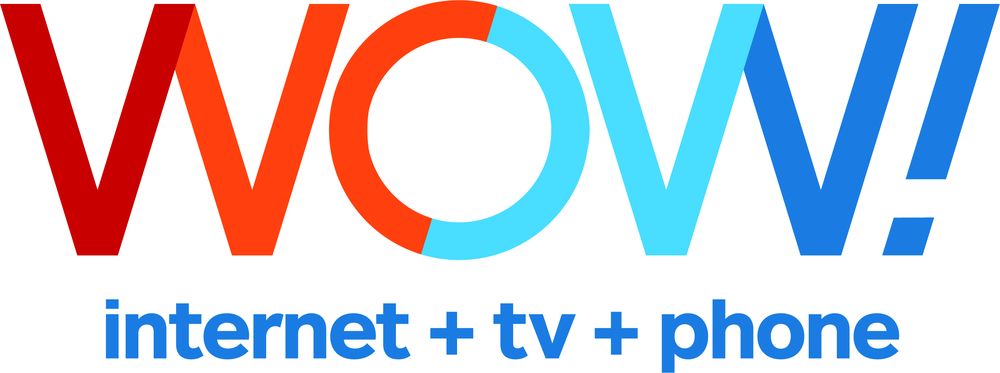The Digital Evolution: History Of Internet Connectivity In Round Rock, Texas
Learn about the history of internet connectivity in Round Rock, Texas. See how digital evolution has shaped the city’s growth and improved online access.

The Digital Evolution: History of Internet Connectivity in Round Rock, Texas
Introduction
Round Rock, Texas, a bustling suburb of Austin, has experienced a transformative journey in terms of digital infrastructure. Known for its rapid growth and as a hub for tech companies, including the headquarters of Dell Technologies, Round Rock's evolution in internet connectivity is a fascinating story of progress and innovation. This detailed exploration traces how Round Rock has evolved from modest beginnings to become a city with some of the most advanced digital infrastructures in the nation.
Early Days: Dial-Up and the Dawn of Digital Connectivity
The story of internet connectivity in Round Rock begins in the late 1990s and early 2000s, mirroring the broader internet adoption trends across the United States. Initially, residents and businesses relied on dial-up connections, which utilized existing telephone lines to provide internet access. While slow and often unreliable, these connections laid the groundwork for the digital revolution that would follow.
The Broadband Expansion
As the new millennium progressed, Round Rock began to see an expansion in broadband availability. This was partly driven by the city's growing importance as a tech hub, spurred by the presence of Dell and other technology-focused companies. Broadband, offering higher speeds through DSL (Digital Subscriber Line) and cable internet technologies, provided the much-needed bandwidth for businesses and consumers alike, catalyzing further economic and technological development.
Fiber Optics and High-Speed Internet
The real game-changer for Round Rock was the introduction of fiber-optic technology. Companies like AT&T and later Google Fiber began deploying fiber-optic networks in and around the Austin area, including Round Rock. Fiber optics offered significantly higher speeds and reliability compared to its predecessors, revolutionizing how residents and businesses operated. The availability of gigabit internet speeds allowed for faster data transmission, high-definition video streaming, and more robust telecommunication capabilities.
Current Landscape: Diverse Providers and Cutting-Edge Technology
Today, Round Rock boasts a competitive market of internet service providers that cater to the varied needs of its residents and burgeoning business sector. Some of the key players include:
- AT&T: Offers fiber and DSL internet with speeds up to 5 Gbps, catering to both residential and commercial customers.
- Spectrum: Provides high-speed cable internet across a broad area of Round Rock, with packages that appeal to a range of consumers, particularly those looking for cable television and internet bundles.
- Google Fiber: Known for its ultra-fast internet speeds up to 2 Gbps, Google Fiber is available in parts of Round Rock, primarily targeting tech-savvy users and businesses requiring high bandwidth.
- Suddenlink: While not as widespread as the other providers, Suddenlink offers competitive pricing and speeds, suitable for households and small businesses.
- Frontier Communications: Primarily offers DSL and fiber optic services, known for their reliability and customer service.
The Impact of High-Speed Internet on Round Rock
The availability of high-speed internet has had a profound impact on Round Rock’s economy, education, and lifestyle. Businesses have flourished under the capability to operate more efficiently online, attract tech talent, and innovate through cloud computing and other digital technologies. For education, schools and libraries have been able to provide students with access to digital learning tools and resources, significantly enhancing the educational experience.
Conclusion
The digital evolution in Round Rock, Texas, reflects a broader narrative of technological advancement and economic growth fueled by internet connectivity. From the early days of dial-up to the latest developments in fiber optics and beyond, Round Rock’s journey is a testament to the transformative power of digital infrastructure. As technology continues to advance, so too will the digital landscape of Round Rock, promising a future that remains connected and technologically adept.




